NG911 Service Requests & FCC 24-78: A Quick Guide for PSAPs
As of Tuesday, March 25, 2025, 911 Authorities could begin to issue Next Generation 911 (NG911) service requests under the FCC's transition order....
2 min read
By Elliott Cox - Intrado Portfolio Manager, GIS
Oct 22, 2021
What is NG911?
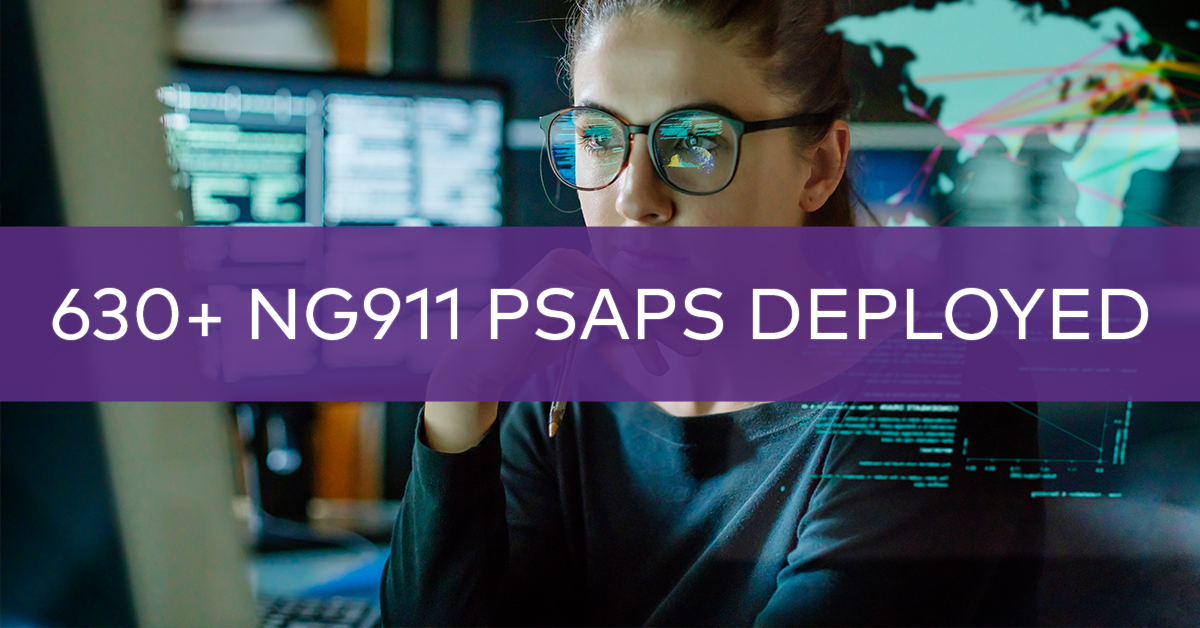 Intrado provides Next Generation 911 call routing technology (NG911) to more than 630 PSAPs across the United States. In fact, 2 out of every 5 states rely on Intrado to deliver emergency calls over our trusted network. Coupled with Intrado Geospatial Technology, 911 callers can be found faster and easier thanks to an integrated network and powerful data management and mapping solutions.
Intrado provides Next Generation 911 call routing technology (NG911) to more than 630 PSAPs across the United States. In fact, 2 out of every 5 states rely on Intrado to deliver emergency calls over our trusted network. Coupled with Intrado Geospatial Technology, 911 callers can be found faster and easier thanks to an integrated network and powerful data management and mapping solutions.
When calls come into a Public Safety Answering Point (PSAP), the first thing that telecommunicators need to know is the caller’s location. Follow up questions help determine the nature of the call and resources available, such as “where’s the closest emergency response unit?” and “what’s the quickest route for the emergency response unit to get to the caller’s location?”.
Location is the most critical element for effective emergency response— getting the right information to the right place at the right time.
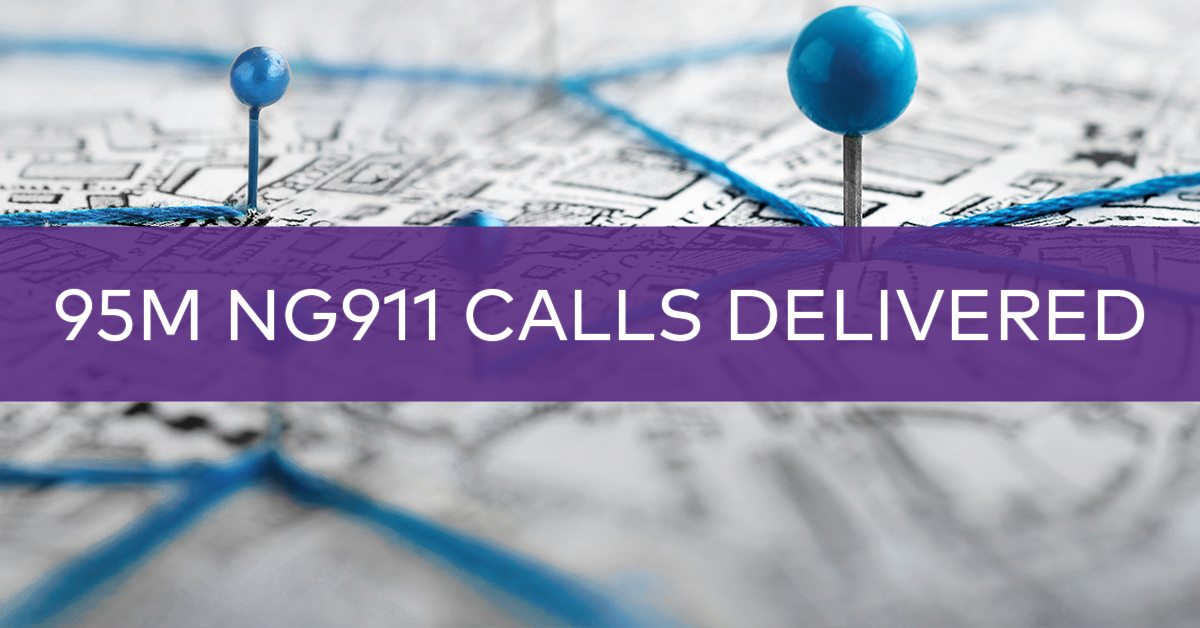 While landlines today provide a fixed location for telecommunicators to leverage, the proliferation of mobile and IP-based telephony have created a challenge for determining a caller’s exact location. In fact, it’s estimated that over 80 percent of 911 calls are placed from a mobile phone. NG911 addresses location determination changes brought about by the transformation to IP-based and mobile communications.
While landlines today provide a fixed location for telecommunicators to leverage, the proliferation of mobile and IP-based telephony have created a challenge for determining a caller’s exact location. In fact, it’s estimated that over 80 percent of 911 calls are placed from a mobile phone. NG911 addresses location determination changes brought about by the transformation to IP-based and mobile communications.
Geospatial routing delivers more accurate and flexible routing than legacy tabular routing. With Intrado’s Spatial Engine, 911 authorities can create and maintain an accurate, consolidated GIS database to efficiently make the transition to NG911.
911 Call Routing & Location Delivery
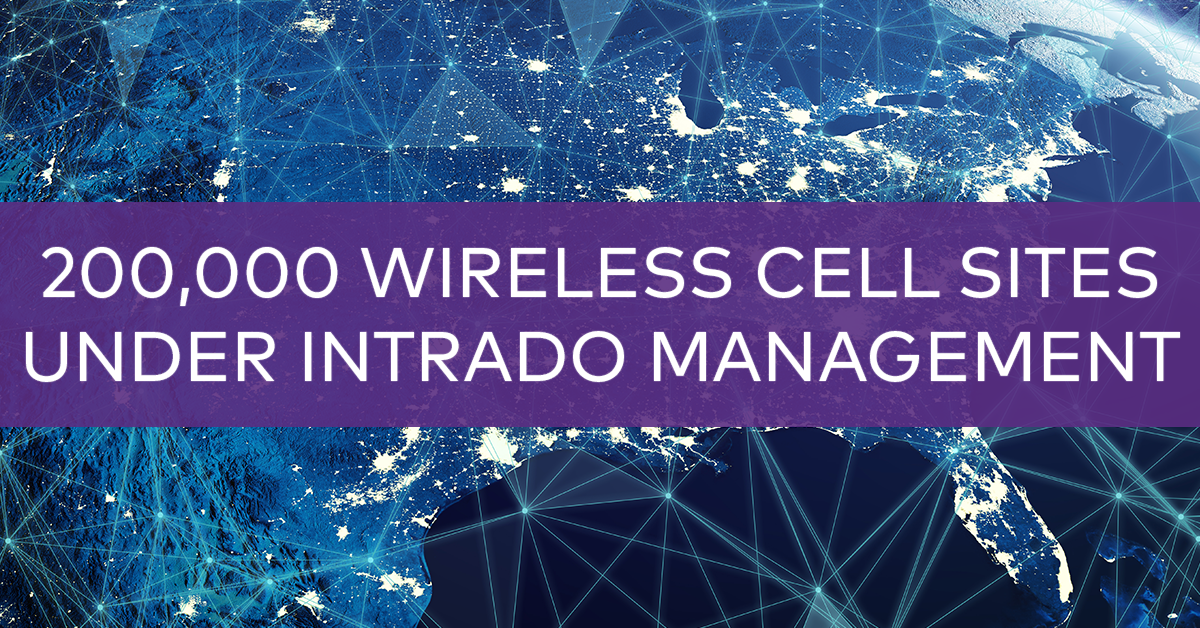 Call routing combined with location information is essential for timely 911 response. Intrado’s GIS-based Next Generation Core Services (NGCS), Emergency Call Routing Function (ECRF) and Location Validation Function (LVF), are some of the critical elements within the NG911 environment. Simply put, they get calls where they need go.
Call routing combined with location information is essential for timely 911 response. Intrado’s GIS-based Next Generation Core Services (NGCS), Emergency Call Routing Function (ECRF) and Location Validation Function (LVF), are some of the critical elements within the NG911 environment. Simply put, they get calls where they need go.
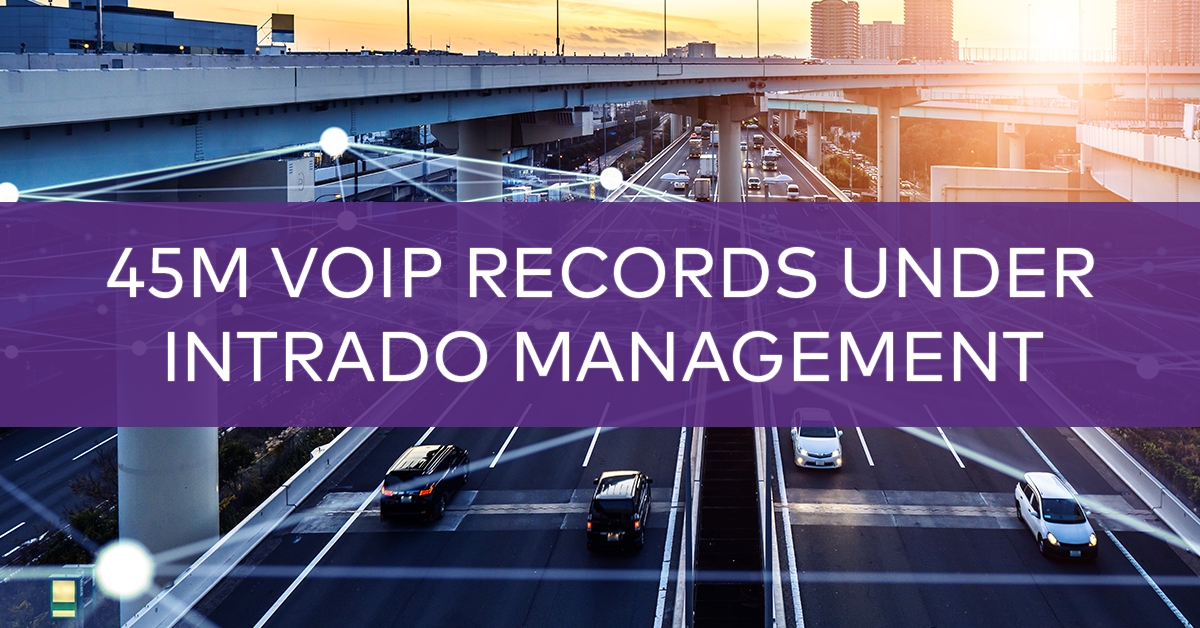 With LVF, location validation happens before a call is even made. Once a call is placed, ECRF uses the same data to route calls to the most appropriate PSAP. ECRF ensures i3-compliant call routing and call processing while LVF replaces the Master Street Address Guide (MSAG) for subscriber address validation.
With LVF, location validation happens before a call is even made. Once a call is placed, ECRF uses the same data to route calls to the most appropriate PSAP. ECRF ensures i3-compliant call routing and call processing while LVF replaces the Master Street Address Guide (MSAG) for subscriber address validation.
While these functions ensure 911 calls are located, routed and processed swiftly and accurately, they are entirely dependent upon geospatial datasets.
Spatial Engine: Powering Your NextGen Core Services
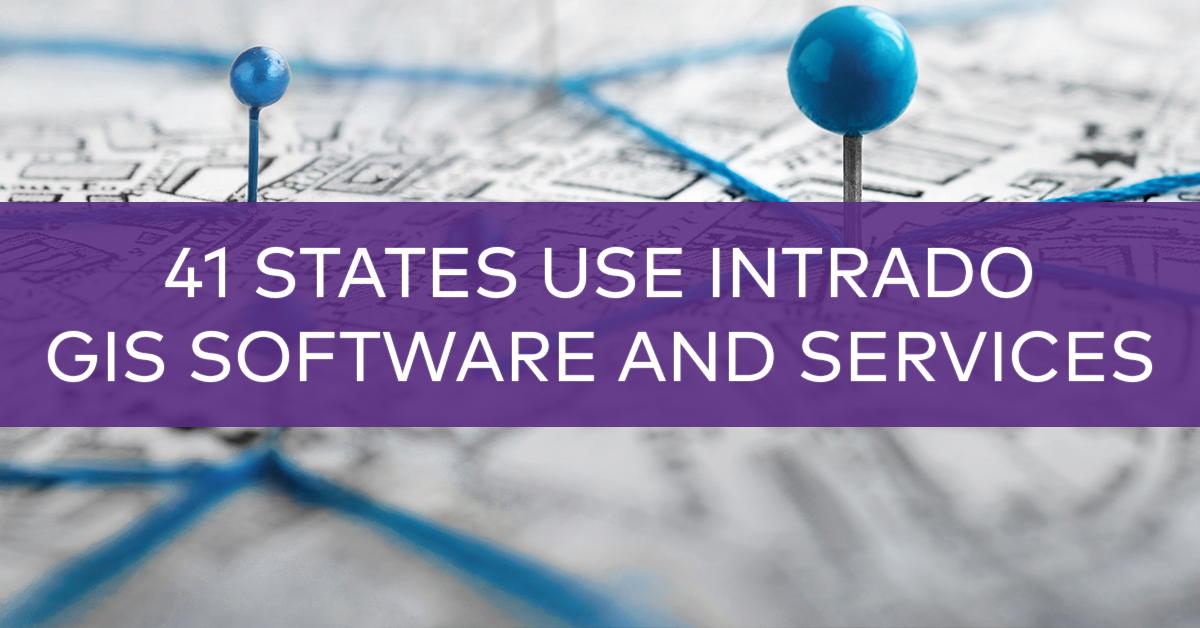 Intrado’s ECRF and LVF solutions may get more headlines and notoriety, but the Spatial Engine is really where all the magic happens. Without it, Call Routing and Location Validation Functions don’t function at all.
Intrado’s ECRF and LVF solutions may get more headlines and notoriety, but the Spatial Engine is really where all the magic happens. Without it, Call Routing and Location Validation Functions don’t function at all.
To accurately route a 911 call with the ECRF and LVF, your 911 GIS data, such as Streets, Address Points, and Jurisdictional Boundaries, must pass through rigorous data cleansing and validation. Those processes ensure the data meets or exceeds NENA’s high standards for data accuracy and integrity. And once the City, County or State-wide datasets pass are validated, Spatial Engine provisions – or passes the data – to the ECRF and LVF databases, where the call routing functions live.
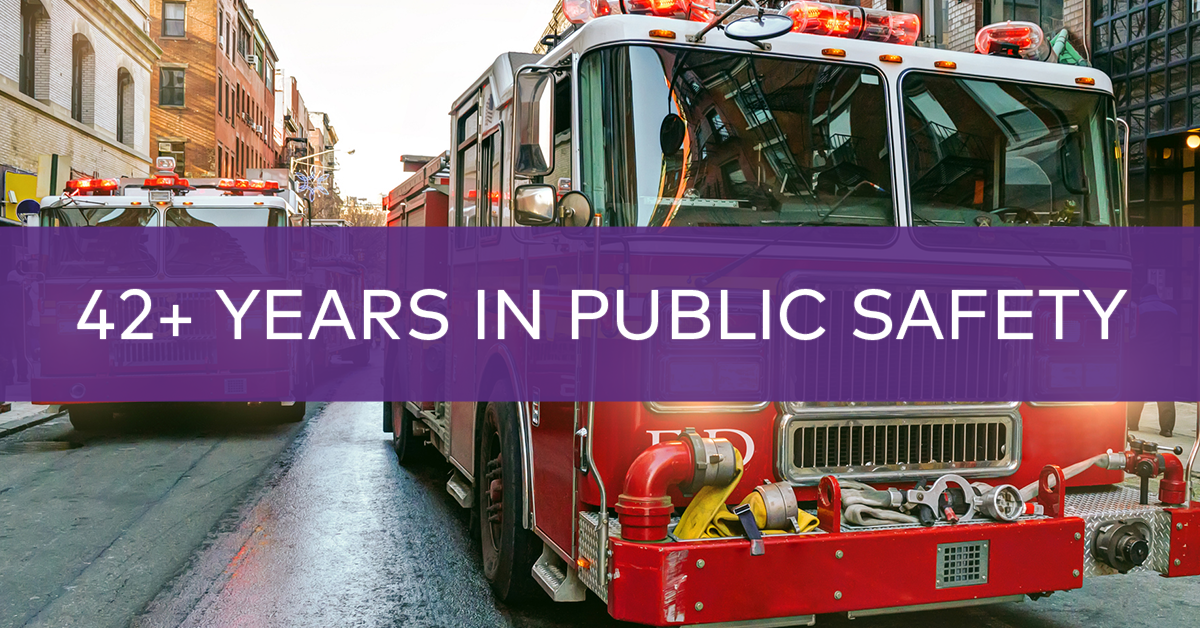 With over 42 years in Public Safety, Intrado provides a complete set of safety solutions that cover the entire 911 continuum. Partnering our NG911 network, Spatial Engine, with Intrado’s Geospatial Technology provides an integrated approach to call routing and location delivery which ultimately results in faster, more accurate emergency responses.
With over 42 years in Public Safety, Intrado provides a complete set of safety solutions that cover the entire 911 continuum. Partnering our NG911 network, Spatial Engine, with Intrado’s Geospatial Technology provides an integrated approach to call routing and location delivery which ultimately results in faster, more accurate emergency responses.
Learn more about our NG911 network, Spatial Engine, and reach out to the Intrado GIS experts if you’d like to learn more.
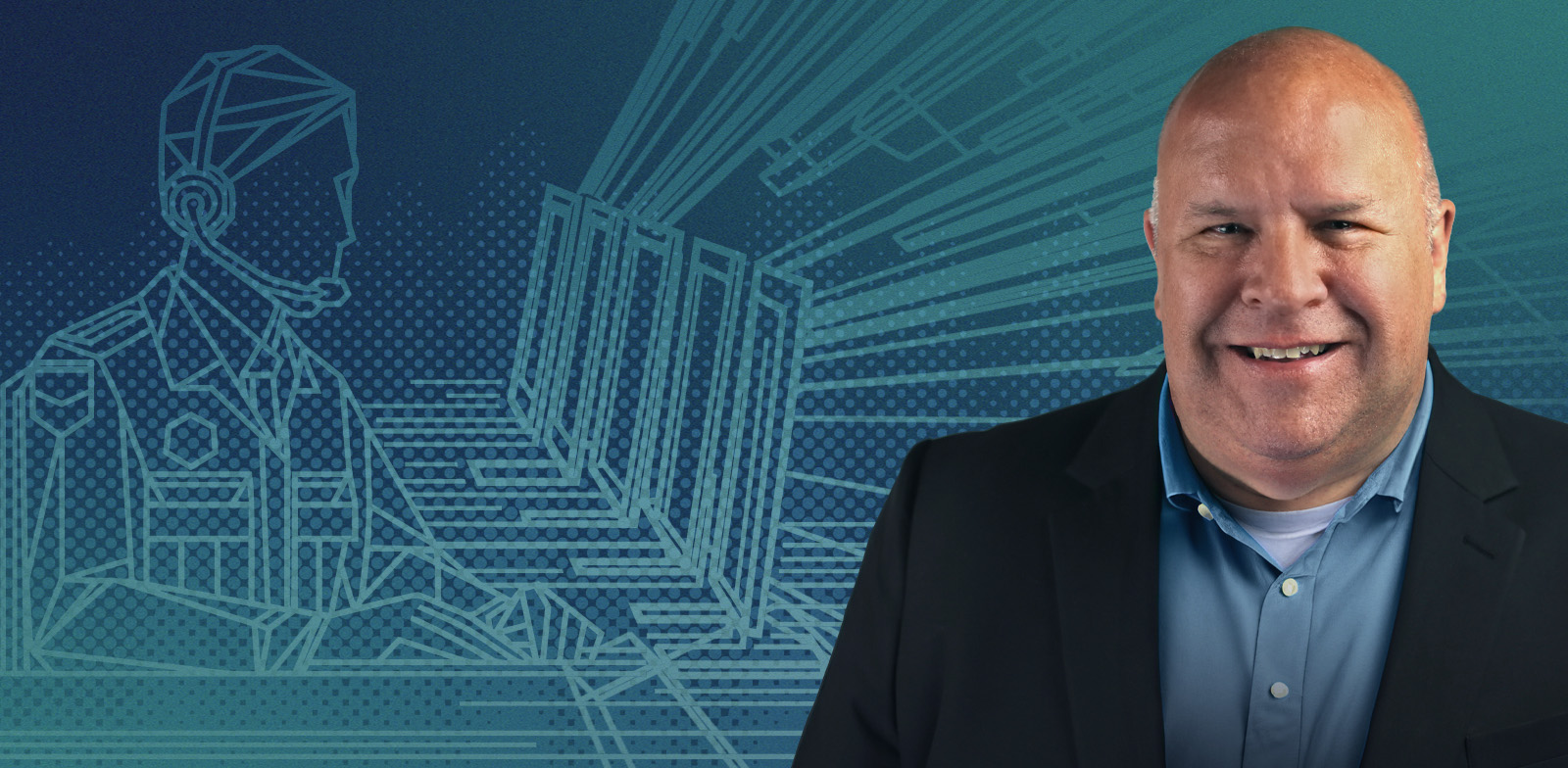
As of Tuesday, March 25, 2025, 911 Authorities could begin to issue Next Generation 911 (NG911) service requests under the FCC's transition order....

Having spent many years as a technologist in the telecommunications industry, I was hoping to see more enthusiasm for the next generation of 911, or...

FCC compliance can feel like threading a legal needle—especially with new Next Generation 911 (NG911) requirements now in effect. As of March 25,...

911 compliance is a critical aspect of workplace safety that merges legal obligations with moral responsibility. Compliance with Kari’s Law and RAY...